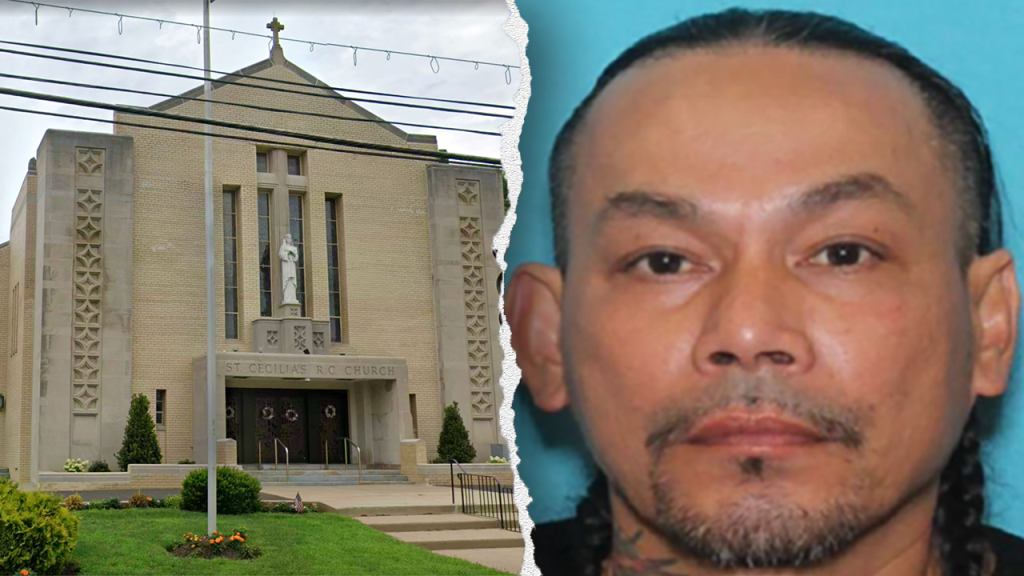Justice Served: The Deportation of Bou Khathavong After Nearly Three Decades
In a significant resolution to a case that has haunted Philadelphia for nearly three decades, immigration authorities have finally deported Bou Khathavong to Laos on September 2nd. Khathavong, a dual citizen of Laos and Thailand who was in the United States illegally, was connected to one of Philadelphia’s most shocking crimes: the 1994 murder of 16-year-old Eddie Polec. The deportation comes after years of complex legal proceedings and represents what Immigration and Customs Enforcement (ICE) officials describe as justice finally being served. “We sincerely hope that the removal of Bou Khathavong can finally help the family of Eddie Polec and the city of Philadelphia heal from one of the most horrifying crimes in Philadelphia’s history,” stated ICE Enforcement and Removal Operations (ERO) Philadelphia acting Field Office Director David O’Neill. This case has remained in Philadelphia’s collective memory as a disturbing example of mob violence that took the life of a high school student in a particularly brutal manner.
The crime itself was deeply shocking to the community. In November 1994, Eddie Polec was attacked by a mob of suburban teenagers on the steps of Saint Cecilia’s Church in Philadelphia’s Fox Chase neighborhood. According to officials, Polec was beaten with baseball bats and other weapons as he lay defenseless on the church steps. Despite multiple calls for help, the attack continued relentlessly until Polec succumbed to his injuries. The senseless nature of the attack and the youth of both the victim and perpetrators made this case particularly distressing to the community. Khathavong was arrested on November 11, 1994, initially facing serious charges including two counts of murder, possession of an instrument of crime, and criminal conspiracy. The brutality of the crime and the subsequent legal proceedings received widespread attention, making it one of Philadelphia’s most notorious cases of the 1990s.
The legal journey toward Khathavong’s deportation was lengthy and complex. After his arrest, he was eventually convicted of criminal conspiracy in 1996 and sentenced to five to ten years in prison. Following this conviction, the former Immigration and Naturalization Service (INS) lodged an immigration detainer against Khathavong at the Curran-Fromhold Correctional Facility in Philadelphia. By September 1998, INS served him with a notice to appear before an immigration judge, charging him as an aggravated felon under Section 237 of the Immigration and Nationality Act, which outlines serious criminal offenses that can trigger deportation proceedings for non-citizens. The wheels of justice turned slowly, and it wasn’t until December 2004 that an immigration judge in York ordered Khathavong’s removal from the United States to Laos. Despite this ruling, he was released on an order of supervision in 2005, remaining in the country for nearly two more decades before his final deportation.
The deportation represents the culmination of efforts by multiple agencies working within the immigration enforcement system. ICE officials have emphasized that this removal demonstrates their commitment to enforcing U.S. immigration laws and ensuring public safety, particularly in cases involving violent crimes. The case highlights the intersection of criminal justice and immigration enforcement, showcasing how the two systems sometimes work in tandem, though often at a pace that can frustrate those seeking swift resolution. For ICE’s ERO Philadelphia division and the agency’s Removal Management Division, Khathavong’s case represented a long-term commitment to following through on deportation orders even when they take decades to execute. This persistence reflects the agency’s stated mission of prioritizing the removal of individuals who pose threats to public safety.
For the Polec family and the Philadelphia community, this deportation may provide a measure of closure to a painful chapter in the city’s history. Eddie Polec’s murder shocked Philadelphia residents not only because of its brutality but also due to the circumstances surrounding emergency response to the incident. The case led to significant reforms in the city’s 911 system after it was revealed that multiple calls for help were made during the attack but aid did not arrive in time. The tragedy became emblematic of both senseless youth violence and systemic failures that allowed it to continue to its fatal conclusion. While Khathavong’s deportation cannot bring Eddie back, it represents the final legal consequence for one of those involved in the events of that night, potentially offering some sense that justice, however delayed, has finally been served.
The deportation of Bou Khathavong serves as a reminder that serious crimes committed by non-citizens can have immigration consequences that extend far beyond criminal sentences. While Khathavong completed his prison term years ago, his immigration status meant that he faced the additional penalty of removal from the United States. This case demonstrates how the U.S. legal system approaches crimes committed by undocumented individuals, applying both criminal penalties through the justice system and immigration consequences through agencies like ICE. For communities grappling with similar tragedies, the resolution of this case—nearly 30 years after Eddie Polec’s murder—may offer a complicated sense of closure. The lengthy timeframe between the crime and the deportation also raises questions about the efficiency of the immigration enforcement system and the resources dedicated to carrying out deportation orders for those convicted of serious crimes. As ICE continues its work of enforcing immigration laws, cases like Khathavong’s illuminate both the agency’s determination to complete its mission and the sometimes extraordinarily long timelines involved in seeing that mission through to completion.


